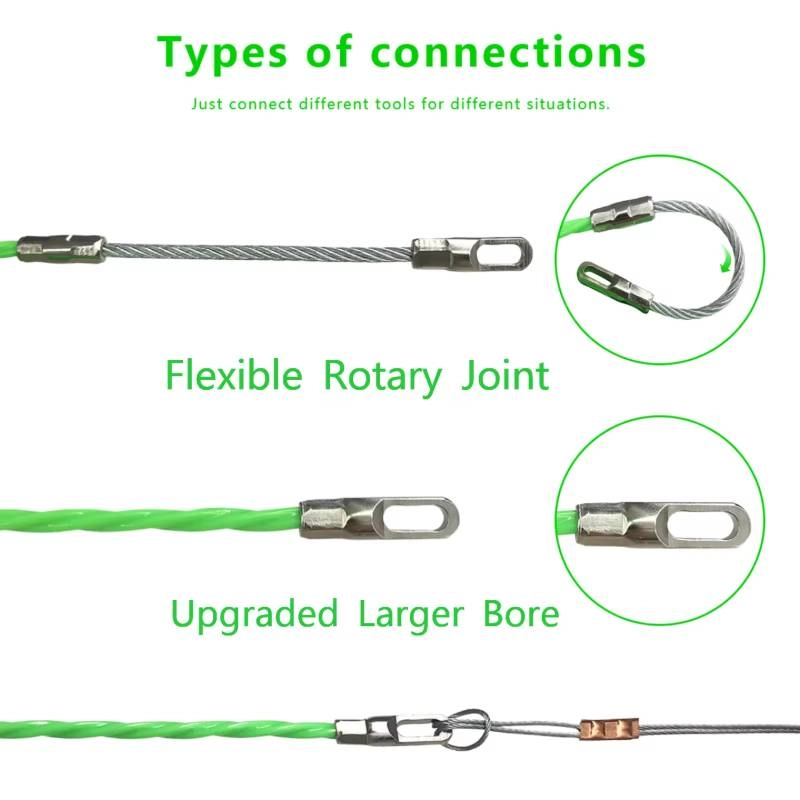
-
 Afrikaans
Afrikaans -
 Albanian
Albanian -
 Amharic
Amharic -
 Arabic
Arabic -
 Armenian
Armenian -
 Azerbaijani
Azerbaijani -
 Basque
Basque -
 Belarusian
Belarusian -
 Bengali
Bengali -
 Bosnian
Bosnian -
 Bulgarian
Bulgarian -
 Catalan
Catalan -
 Cebuano
Cebuano -
 Corsican
Corsican -
 Croatian
Croatian -
 Czech
Czech -
 Danish
Danish -
 Dutch
Dutch -
 English
English -
 Esperanto
Esperanto -
 Estonian
Estonian -
 Finnish
Finnish -
 French
French -
 Frisian
Frisian -
 Galician
Galician -
 Georgian
Georgian -
 German
German -
 Greek
Greek -
 Gujarati
Gujarati -
 Haitian Creole
Haitian Creole -
 hausa
hausa -
 hawaiian
hawaiian -
 Hebrew
Hebrew -
 Hindi
Hindi -
 Miao
Miao -
 Hungarian
Hungarian -
 Icelandic
Icelandic -
 igbo
igbo -
 Indonesian
Indonesian -
 irish
irish -
 Italian
Italian -
 Japanese
Japanese -
 Javanese
Javanese -
 Kannada
Kannada -
 kazakh
kazakh -
 Khmer
Khmer -
 Rwandese
Rwandese -
 Korean
Korean -
 Kurdish
Kurdish -
 Kyrgyz
Kyrgyz -
 Lao
Lao -
 Latin
Latin -
 Latvian
Latvian -
 Lithuanian
Lithuanian -
 Luxembourgish
Luxembourgish -
 Macedonian
Macedonian -
 Malgashi
Malgashi -
 Malay
Malay -
 Malayalam
Malayalam -
 Maltese
Maltese -
 Maori
Maori -
 Marathi
Marathi -
 Mongolian
Mongolian -
 Myanmar
Myanmar -
 Nepali
Nepali -
 Norwegian
Norwegian -
 Norwegian
Norwegian -
 Occitan
Occitan -
 Pashto
Pashto -
 Persian
Persian -
 Polish
Polish -
 Portuguese
Portuguese -
 Punjabi
Punjabi -
 Romanian
Romanian -
 Russian
Russian -
 Samoan
Samoan -
 Scottish Gaelic
Scottish Gaelic -
 Serbian
Serbian -
 Sesotho
Sesotho -
 Shona
Shona -
 Sindhi
Sindhi -
 Sinhala
Sinhala -
 Slovak
Slovak -
 Slovenian
Slovenian -
 Somali
Somali -
 Spanish
Spanish -
 Sundanese
Sundanese -
 Swahili
Swahili -
 Swedish
Swedish -
 Tagalog
Tagalog -
 Tajik
Tajik -
 Tamil
Tamil -
 Tatar
Tatar -
 Telugu
Telugu -
 Thai
Thai -
 Turkish
Turkish -
 Turkmen
Turkmen -
 Ukrainian
Ukrainian -
 Urdu
Urdu -
 Uighur
Uighur -
 Uzbek
Uzbek -
 Vietnamese
Vietnamese -
 Welsh
Welsh -
 Bantu
Bantu -
 Yiddish
Yiddish -
 Yoruba
Yoruba -
 Zulu
Zulu


Desemba . 20, 2024 04:31 Back to list
wire pulling swivel
The Importance of Wire Pulling Swivels in Electrical Installation
When it comes to electrical installations, especially in situations involving the routing of wires through conduits or across various obstacles, the efficiency and effectiveness of the process play a critical role. One of the essential tools that aid in this endeavor is the wire pulling swivel. This seemingly simple device can significantly streamline wire pulling operations while ensuring safety and minimizing damage to cables.
What is a Wire Pulling Swivel?
A wire pulling swivel is a specialized connector used to facilitate the movement of cables during the pulling process. Typically made from durable materials such as steel or heavy-duty plastic, these swivels are designed to prevent tangling and twisting of wires. The swivel mechanism allows the wire pulling line to rotate freely, which is crucial when working with long lengths of cable that need to be navigated through tight turns and junctions.
Key Benefits of Using Wire Pulling Swivels
1. Reduction of Twisting One of the most significant advantages of wire pulling swivels is their ability to reduce the twisting of cables. Twisting can not only complicate the pulling process but also lead to damage or kinking of the wires. By allowing the pulling line to rotate independently, swivels help maintain the integrity of the cable throughout the installation.
2. Improved Efficiency Time is often of the essence in electrical installations. Wire pulling swivels enable a smoother and quicker pulling process, which can lead to substantial time savings on a job. Contractors appreciate tools that enhance productivity, and swivels certainly fit that bill.
3. Enhanced Safety Safety is paramount in any electrical installation task. The use of wire pulling swivels can reduce the risk of accidents associated with cable snags or sudden twists that could recoil unexpectedly. By ensuring that the wire maintains its linear path during pulling, contractors can work more safely and effectively.
wire pulling swivel

4. Versatility Wire pulling swivels can be utilized in various applications and across different cable types. From residential wiring to larger industrial installations, the versatility of these tools makes them indispensable for electricians. They can accommodate different cable sizes and configurations, allowing for seamless integration into any job.
5. Cost-Effectiveness Although the initial investment in quality wire pulling swivels may seem minor, the long-term benefits they offer can provide significant cost savings. By reducing potential damage to wires, decreasing the time spent on installations, and minimizing accidents, contractors can see a return on investment through increased job profitability and customer satisfaction.
Choosing the Right Wire Pulling Swivel
When selecting wire pulling swivels, several factors should be considered
- Load Capacity Ensure that the swivel can handle the weight and size of the cables being pulled. Manufacturers typically provide specifications regarding the maximum load capacity. - Material Choose swivels made of durable materials that can withstand the rigors of electrical installations. Steel swivels are generally stronger than plastic ones and may be more suitable for heavy-duty applications. - Design Different designs may offer varying functionalities. Looking for swivels with features that enhance usability—like quick-connect mechanisms or anti-twist technology—can also be beneficial.
Conclusion
In summary, wire pulling swivels are an essential component in the toolkit of electricians and contractors involved in wire installation. Their ability to reduce twisting, enhance safety, and improve efficiency makes them invaluable in both large-scale industrial projects and smaller residential jobs. As electrical installations continue to evolve and expand, tools like wire pulling swivels will undoubtedly remain critical to achieving optimal results while ensuring safety and performance. For anyone involved in wiring projects, investing in high-quality wire pulling swivels should be a priority, as they contribute to smoother operations and elevated standards in electrical work.
Latest news
duct-rodders-and-conduit-rod-tools
NewsAug.22,2025
ratchet-pullers-and-wire-tightening-tools
NewsAug.22,2025
chain-ratchet-pullers-and-hoist-solutions
NewsAug.22,2025
telescopic-hot-stick-for-electrical-and-high-voltage-use
NewsAug.22,2025
cable-clamp-and-insulated-cable-clamp-systems
NewsAug.22,2025
duct-rodder-conduit-rodder-and-cable-solutions
NewsAug.22,2025








